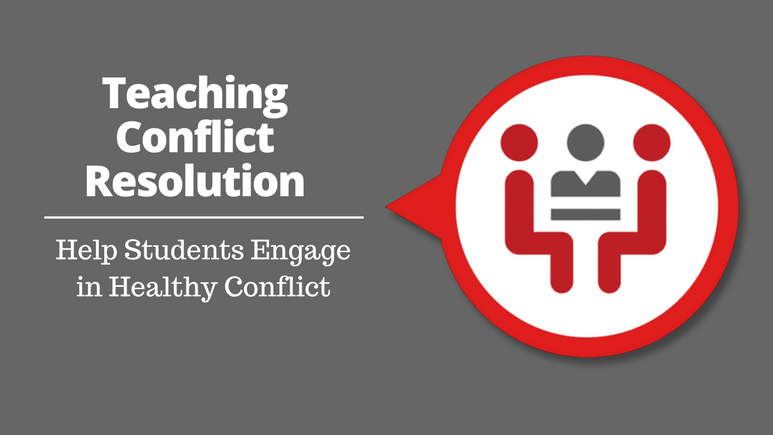
When was the last time you had a conflict with someone at work or in your personal life?
How did you handle it?
Did you rant to another colleague or friend?
Did you send a passive aggressive email?
Or did you just fume silently to yourself, letting the issue continue to bother you?
Growing up doesn’t eliminate temper tantrums. It just changes the way we engage in them.
Thus, even as adults, we don’t always handle conflict in the healthiest of ways.
Learning to engage in healthy and respectful conflict with people around us is a hugely important soft skill.
From diplomacy to workplace spats, how you manage conflicts can have lasting impacts on your role as a leader, team member, and friend.
Keys to Successful Conflict Resolution
Though it may sound counterintuitive, conflict can be healthy. This is especially true when conflicting parties know how to arrive at a resolution in a civil way.
One of the most important elements of conflict resolution is that both parties must have an opportunity to clearly express their grievances.
Whether students themselves are part of the conflict, or they are helping mediate a conflict between others, creating a safe space to let feelings out is imperative.
Just expressing feelings won’t get warring parties any closer to a compromise, though.
The second element of successful conflict resolution is that both parties need to listen to each other and show empathy.
This exchange of honest expression and empathetic listening is the cornerstone of resolving any grievance, no matter how big or small.
These two elements are embedded in all healthy communication, making conflict resolution and the instruction of communication skills highly intertwined.
Practicing Conflict Resolution in the Classroom
Teachers know that there is no shortage of conflicts that arise every day in the classroom. This truth makes conflict resolution a skill that can be practiced very authentically.
One exercise to help work conflict resolution skills in the classroom could be trying the Hawaiian tradition of Ho’oponopono.
Having worked with a teacher that grew up in Hawaii and engaged students in this activity, I was able to see first-hand the power of the practice.
Invite students to sit in a circle so they are facing each other. Explain that this is a safe space for any member of the class to express his or her grievances.
It is useful to have a special object, a ball or marker even, that students must be holding in order to speak.
Set clear expectations that all students should be tracking the speaker, listening silently to each person’s contributions.
The first time you engage in this practice, you will likely need to facilitate the conversation.
You could bring up an incident that took place on the playground or ask students to reflect on why group work time hasn’t been very productive.
As Ho’oponopono becomes a more regular part of your class, you can invite students to mediate the conversations themselves.
While students may never encounter such an open, judgment-free environment in real life, this activity will give kids practice in showing vulnerability, expressing themselves, exercising empathy, and working together to come to a resolution.
With enough practice, we can hope that they’ll never be that person sending passive aggressive emails to a co-worker or roommate.



Leave a Reply